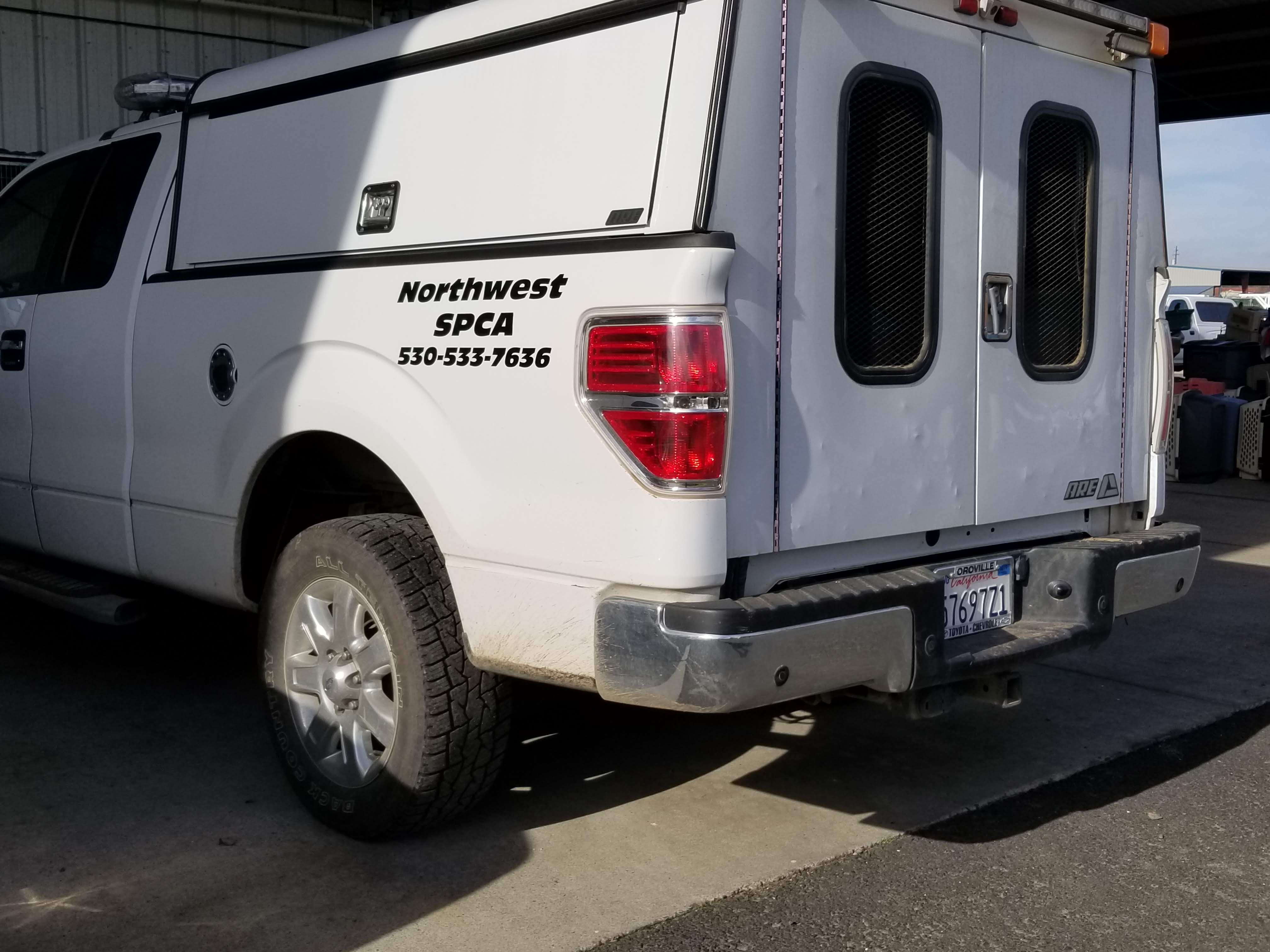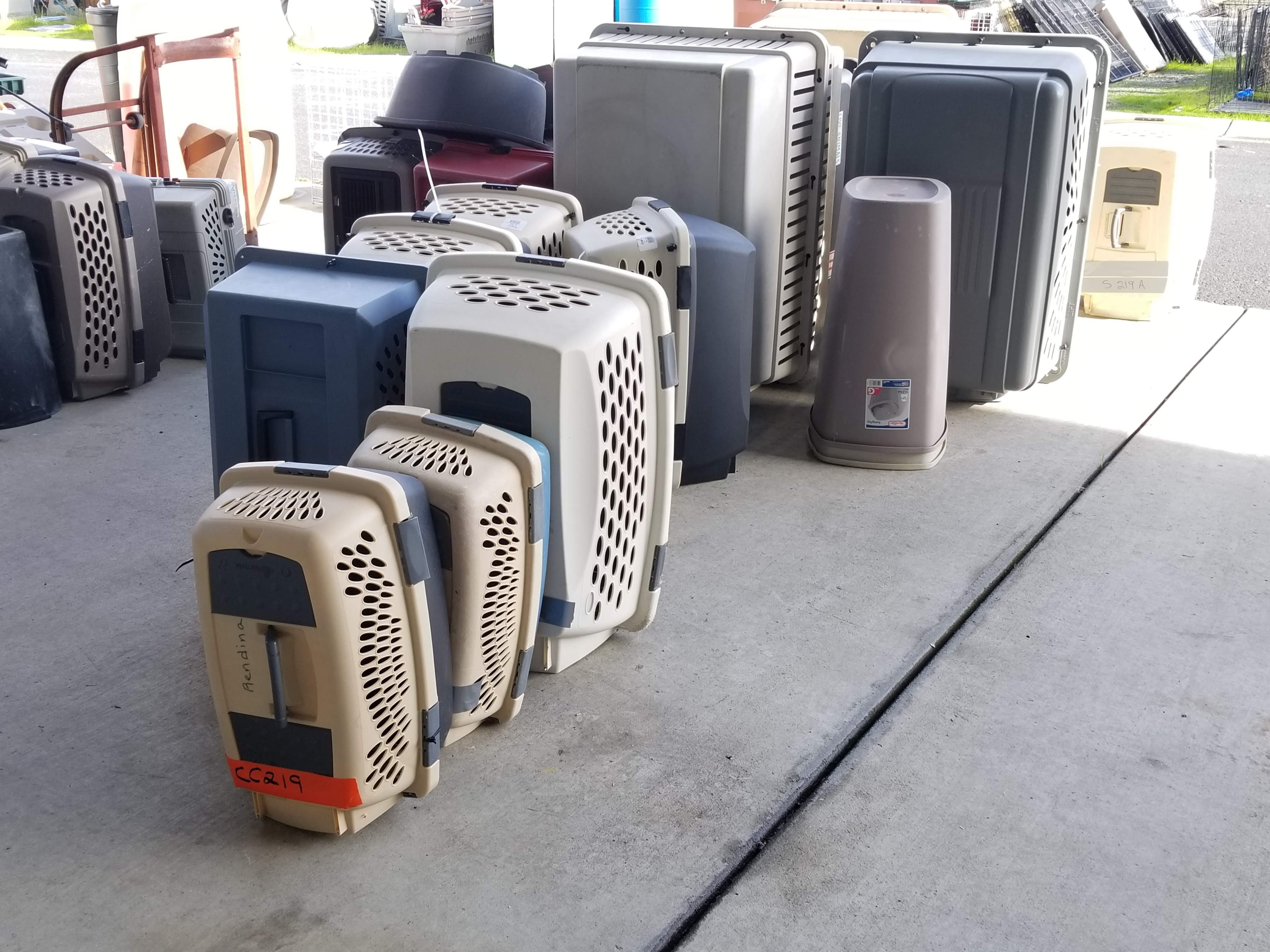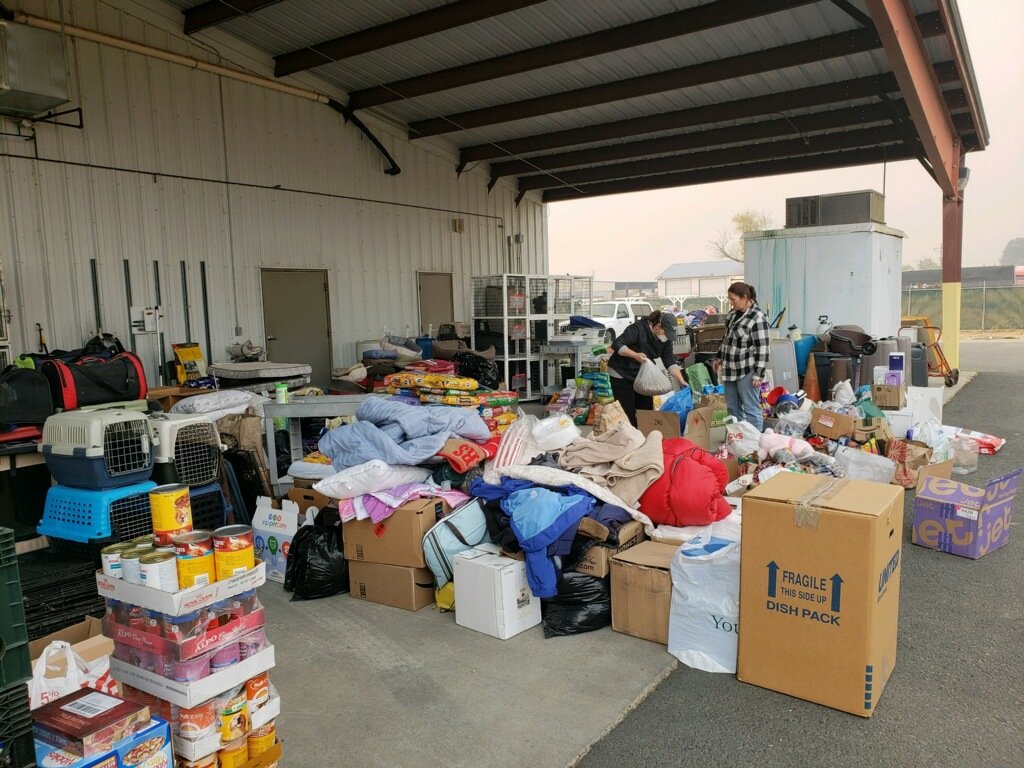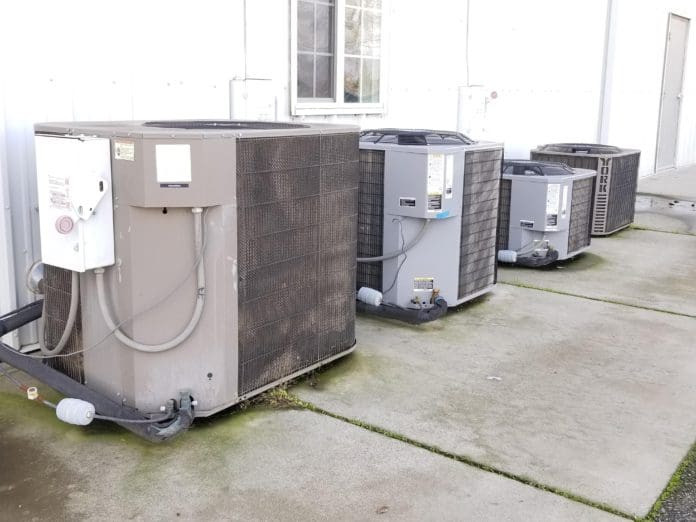It may be that when someone talks about volunteering to help animals in a shelter, that the average person imagines herself walking dogs or cleaning cat boxes in a shelter facility. Those are tasks that shelters can often use! But there is literally no end to the ways that people can help homeless animals.
While my local disaster (the devastating Camp Fire in northern California) and the efforts of so many people to help animals are still so fresh in my memory, allow me to list some.

Disaster/Post-Disaster Help for Animals
• Participate in an Animal-Disaster/Emergency Response Training
Find and stay involved with a group so as to be registered to help in case of emergency. There is an amazing group in my area, the North Valley Animal Disaster Group (NVADG), that organizes several of these training courses each year. I recently learned that the Federal Emergency Management Administration (FEMA) also offers a number of disaster-relief courses and certifications through its Emergency Management Institute. College credits are offered for completing many of its courses!
• Take the Training Offered by National Animal Welfare Groups
The American Society for the Prevention of Cruelty to Animals (ASPCA) and Humane Society of the United States (HSUS) both offer training and deployment opportunities to people who want to help animals in disaster areas. I met one young woman, my son’s age (26) whose deployment to the Camp Fire was the ninth such disaster she had been deployed to for the ASPCA. She, like all the other people who came with “The A,” worked 12-plus-hour days for 14 days straight, sleeping in a rented motorhome on site at the emergency animal shelter in our town. She was also a full-time college student, and struggling to keep up with her assigned reading in the late nights after a full day of helping people and animals. Some of her companions were answering work-related calls and emails throughout the day, having left their jobs. All of them had animals of their own in the care of roommates and family members and friends back in their home states. I continue to be in awe of their work. Check out these links for the ASPCA’s and HSUS’s training opportunities.

• Host an Animal Disaster Readiness Training Program!
Here is one offered by the HSUS.
• Help Your LOCAL Shelter When a National Disaster is Happening
Through most of this disaster, most of the action involving the animals who were displaced by the fire had been happening at the emergency shelter facilities set up in temporary locations. But my local shelter was also strongly impacted. We saw many more animals brought in as stray and surrendered by owners than we ordinarily do. We also had a huge spike of community members who had interacted with the shelter in the past come to our shelter to both donate goods for the animals and to ask for supplies that they needed and could not afford. Remember, hundreds of businesses as well as homes were burned down in the fire, as well as schools and a large hospital! Thousands of people were out of work or had no way to get paychecks. Our shelter turned into a distribution (or should I say redistribution site) where we received and gave dog and cat food, bedding, crates, and kitty litter to anyone that had it to offer or needed it. The inflow, sorting, and outflow of goods required tons of staff time.
We also had a number of other shelters within 150 miles of us come to take some animals out of our shelter to help make room for what absolutely became an overwhelming inflow of fire-affected animals. People who could come help load up animals on the days when the cavalry arrived, and then quickly clean cages and kennels and prepare for the new arrivals, were desperately needed.

Everyday Ways to Help Animals in Your Community
Shelters also can use help on an everyday basis: Washing dogs or dog crates, cleaning kitty litter boxes, etc. But not everyone has the time or ability to help in a hands-on way. Here are some things that you can do for your local shelter that does not require that you have the time to bottle-feed kittens or the strength to walk untrained dogs!
• Organize Donation Drives
Organize donation drives through your service organization, church, book club, kids’ soccer league, etc. Shelters always need certain items, such as kitty litter, paper towels, and dog and cat food. But they also usually have specific requests, and a huge inflow of stuff they can’t use can be a burden, not a gift. I and several of my friends spent hours sorting through donations that were dropped off at my shelter – and had to discard a full Dumpster’s worth of stuff that absolutely could not be used by us or anyone else. Lace curtains and hand-crocheted Afghans are lovely – and can’t be used as bedding for cats or dogs in a shelter, as they can be chewed and choked on. Kitty litter is always needed, but most shelters can’t use the clumping type. Call and ask your shelter what they need most, and what types of food or cleaning substances they want – and what they don’t want.
• If You Have Professional Skills, Ask If Your Shelter Can Use Them
Tax and estate planning? Most shelters have investment accounts that were donated by deceased supporters of the shelter, and many shelter managers have little experience managing investments! Photography? Every shelter needs help to photograph its adoptable animals. Welding? There are always cages or kennels or something that needs repair at an animal shelter! HVAC? These systems work 24/7 to move the air through shelters. My shelter has at least 20 different heat/cooling air pumps, providing separate air supply to the office areas, surgery, dog isolation, cat isolation, feral cat room, cat adoption, dog adoption, etc. There is always some machine somewhere in need of attention! Tires? You would not believe the miles the animal control officers put on those trucks. Every penny saved on supplying some vital service to the shelter is one more they can use for food and medical supplies and care for the animals, and for paid shelter staff.
• Financial Donations Always Needed
It seems crass to say, but money is always in short supply at animal shelters. Large infusions for big capital investment projects are amazing; a local donor once gave my shelter $20,000, and it built a surgery suite in our shelter, enabling us to hire veterinarians to come to our facility and perform spay/neuter surgery in-house, saving us hundreds of thousands of dollars in the past decade on the full-price surgeries that the local vets had been charging the shelter.
But small, regular donations add up to really significant numbers when added together. One hundred people giving $5 a month each adds up to $500. That’s our weekly expense for spay/neuter surgery for about 20 animals who get adopted. Most of us can spare $5 a month – and if you can convince a few friends to do likewise, it really adds up to very significant amounts.
How do you help animals in your community?
How about you guys? More ideas are welcome!







Thanks for sharing the ways to help the dogs. I am a dog lover and this blog is very informative for me.